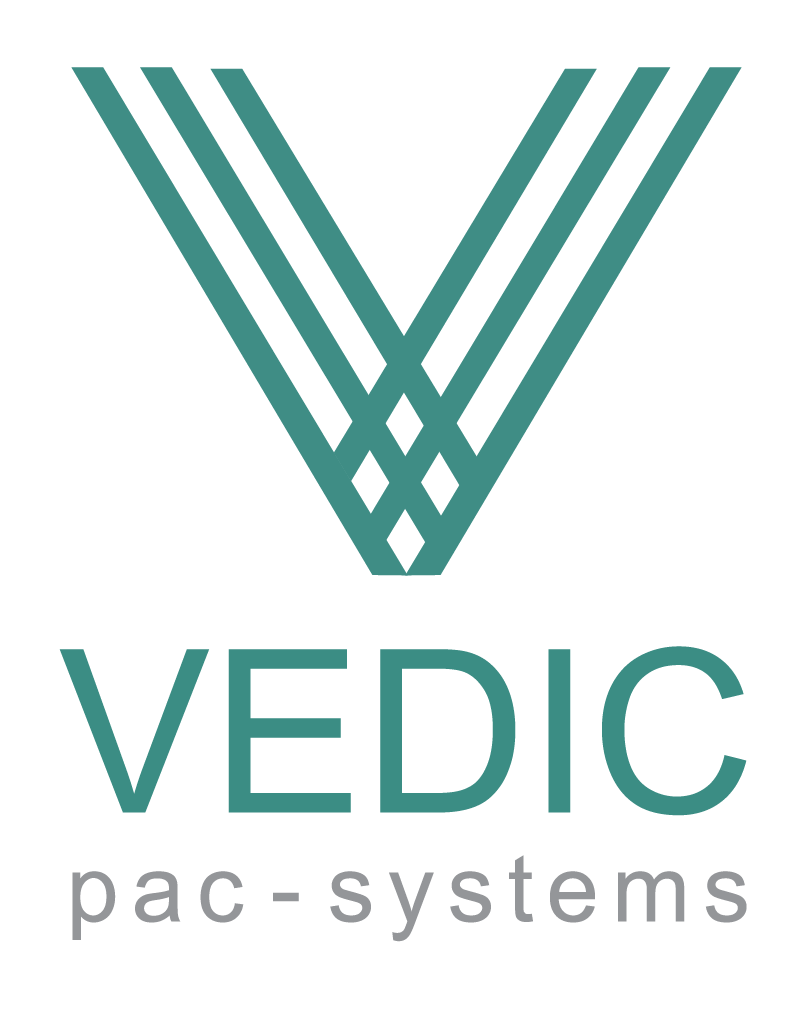A. Advances in information technology and telecommunications have enabled vendors of automation technology and machinery to seek forms of closer interaction with their customers. The initial idea was to provide the additional service of “remote diagnostics”. Once the manufacturing technology is installed, the parameters of production are constantly monitored.
Sensors provide crucial information on the state of the manufacturing process. These data are then transferred to the supplier of the machine via modem, data line or internet. In the case of malfunction in the manufacturing process, the vendor can take action to solve the problem. The available information will help to remedy the problem fast. Machine operators on site can be advised how to react, and spare parts needed to solve the problem can be quickly identified and supplied. Down time and service costs are reduced.
Due to the increasing use of software and communications technology in automation products and machinery, it is now quite easy to add the function of remote diagnostics because the required data are readily accessible in the machine.
Essentially, a modem is needed to establish a link between the customer and the vendor. However, the positive results of the approach have prompted suppliers to seek ways to more fully exploit the potential of telecommunications technology and the internet in order to create more advanced forms of interaction with their customers. The approach is to provide additional “online” service and support to a customer during the entire life cycle of machine supplied. This approach needed new name and the term “teleservice” was introduced.
As early as during the installation process at the production site, teleservice provides valuable information and guidance to the personnel doing the job. The presence of specialists can be minimized and device is put into operation effectively and at a lower cost.
The vendor provides monitoring and maintenance services. Wear is detected at an early stage and the relevant part is exchanged before it fails completely. In the case of malfunction, the necessary spare part is quickly identified and supplied. Trouble shooting instructions can be given to the operating and maintenance personnel on site without delay.If an expert needs to be flown in, the problem will be solved more rapidly, because all the relevant information is available from the start.
Software problems can be solved via the Internet or data transmission line. The vendor of a machine in country A directly installs a software-update in the customer’s machine in country B. The vendor therefore is able to repair or improve the control of the machine from a distance.
Each machine’s “history” of service and maintenance is documented electronically and available online. Other documents or specifications necessary for repair or maintenance are also supplied. This is valuable information for both the vendor and user.
Machine operators and maintenance staff can be trained and coached on-line . This will reduce defects or malfunctions caused by incorrect machine operation.
Teleservice fully exploits the advantages of telecommunications to create closer forms of co-operation between vendor and customer regardless of geographical distance. The vendor can supply additional support and service. Down time of manufacturing technology is significantly reduced while productivity is raised. Service, maintenance and repair costs are cut substantially. In addition, enhanced communication between vendor and customer during the entire life cycle of a supplied product produces a learning effect on both sides.
Teleservice , however , intensifies the interaction between vendor and customer. Data are exchanged on a regular basis. While the security problem in data transmission can be technically solved, the two parties involved need to establish a relationship of mutual trust.
Our principals understand the advantage of teleservicing , and provide the necessary arrangements in their equipment. Their global expertise comes along with their lines, allowing you to benefit not only from the technology, but also from their know-how and problem solving skills.
Reference :
World of Automation and Metalworking
Managers Navigator 2001 Asian Edition
 Download Brochure
Download Brochure